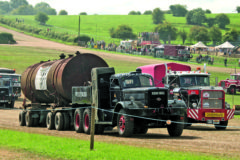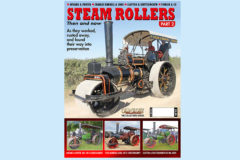The adaptable Allen Scythe
Posted by Chris Graham on 23rd April 2021
Do you know everything about the adaptable Allen Scythe? Well, Geoff Ravenhall reveals some of the diverse uses to which it could be adapted.

The adaptable Allen Scythe: Some farmers in Belgium wished to cut wheat with the Allen Scythe, and the Belgian agent was obliging enough to provide an attachment that enabled them to do just that.
While it’s generally accepted that the Allen Scythe was designed to cut grass and undergrowth, it really was something of a ‘one-trick pony’ in the early days. That didn’t matter at the time, though, as orders from local authorities, railway companies and the Air Ministry were fast overtaking the production schedules, meaning that potential customers had a long wait for delivery.
New markets
As the production was stepped up at the factory, with new buildings housing state-of-the-art production lines, these waiting times were shortened so much that the sales team started looking for new market sectors to explore. One of these was the smallholder, who traditionally bought pedestrian-controlled machinery.
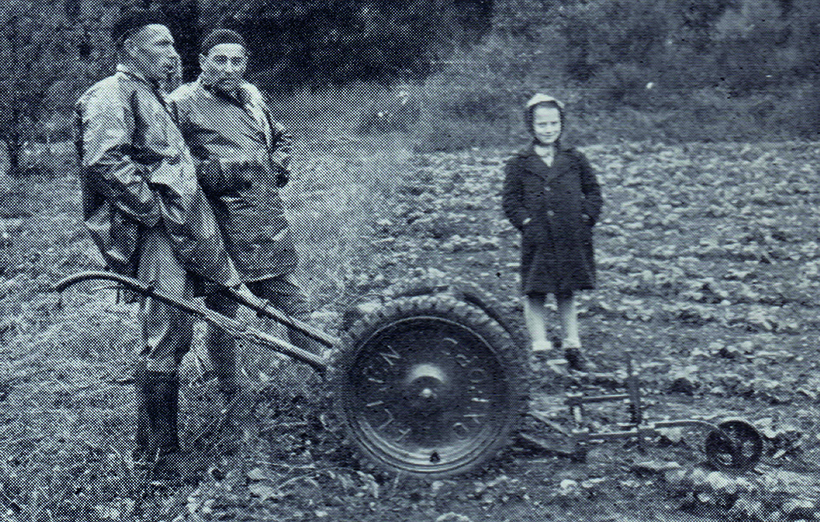
A scythe fitted with a front hoe for row crop weeding in Belgium.
Normally, smallholder turnover was comparatively small, so these individuals couldn’t usually afford (or justify) spending a fortune on a large tractor which would simply be too big to operate effectively on their small acreage.
Smallholders wanted to make the most of their meagre profits, and turned to brands such as Trusty or Anzani. These were considered a wise investment, as there were plenty of implements designed to make the best of their virtues. So the designers at John Allen & Sons decided that they needed a range of attachments that were purpose-built to suit their scythe, and that would satisfy that market. As a result, the Model T was born in 1943.
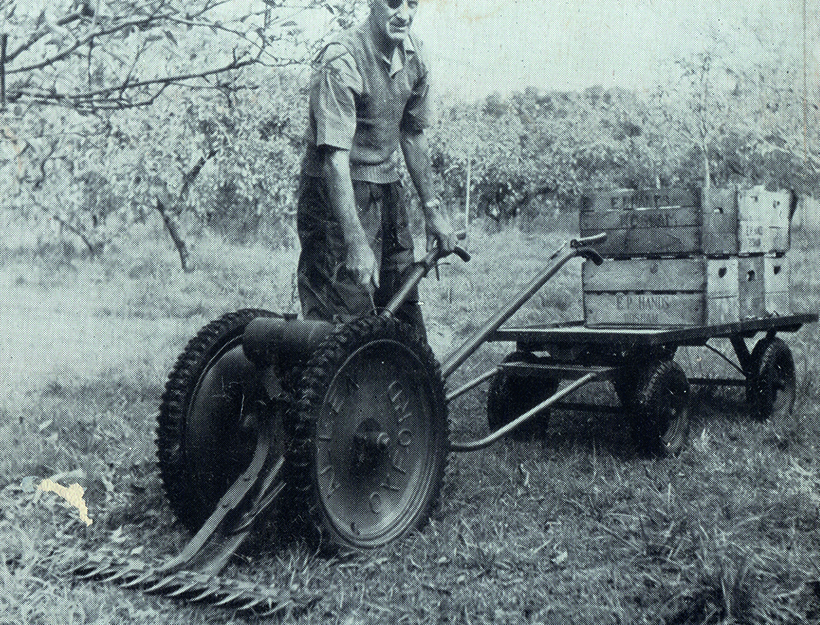
For the market gardener, the scythe could be used as a prime mover. These boxes were reported to weigh ½cwt each, and would certainly have taken some moving using a wheelbarrow!
Useful modifications
At first, the attachments centred around the cutter bar, and how best to adapt it to various uses. The cutters could be repositioned to allow for a large overhang to one side, making it ideal for cutting grass in orchards with low overhanging branches. For the larger, open spaces, a riding seat could be attached to make the operator a little more comfortable.
For the market gardener harvesting vegetables, there was a four-wheeled trailer to eliminate the need to carry heavy, produce-filled boxes back to the farmhouse. For those owners who had to use their machines on steep banks, there was a swath board kit which swept the cut grass away from the wheels, allowing them to grip the turf without slipping.
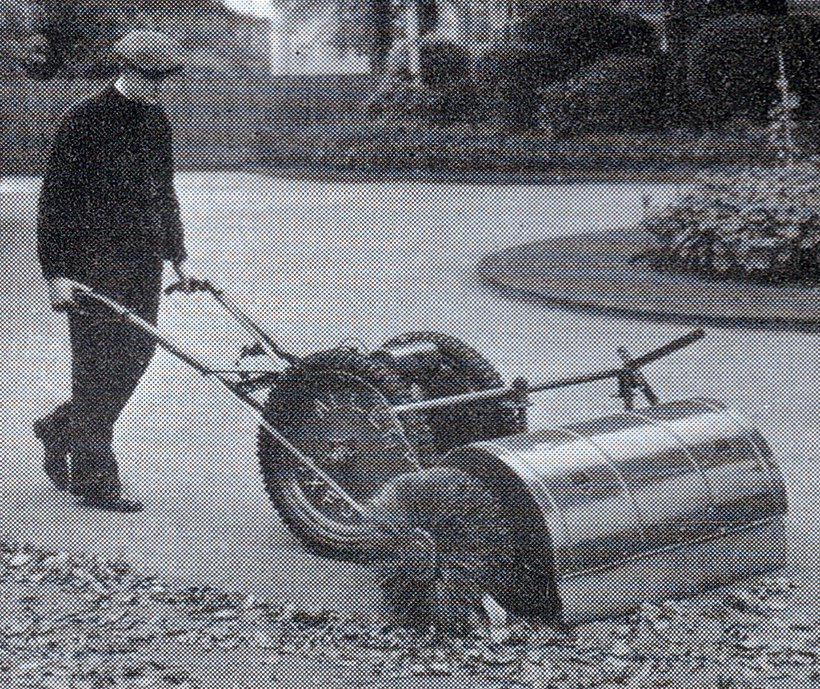
Aimed at local authorities and large estates alike, a rotary brush could save time and manpower.
A new model
The advent of the Model TS, in 1952, brought a few more attachments which were a little more specialised. The TS could be specified with a choice of four-stroke engines of varying horsepower, as well as the original, two-stroke 25C Villiers unit, so that the potential buyer could match the machine to the attachment.
Petrol was still being rationed at that time, so there was no point in having a large engine which drank gallons of fuel, if it wasn’t needed. New attachments on offer were aimed at the smallholder and gardener alike – by adding some uprights to the ends of the cutter bar, a tool carrier could be bolted on to the top of the scythe, transforming it into a powered wheelbarrow. Similarly, a water tank could then be added to this carrier, and an engine-driven pump bolted on to convert it into a self-propelled sprayer.
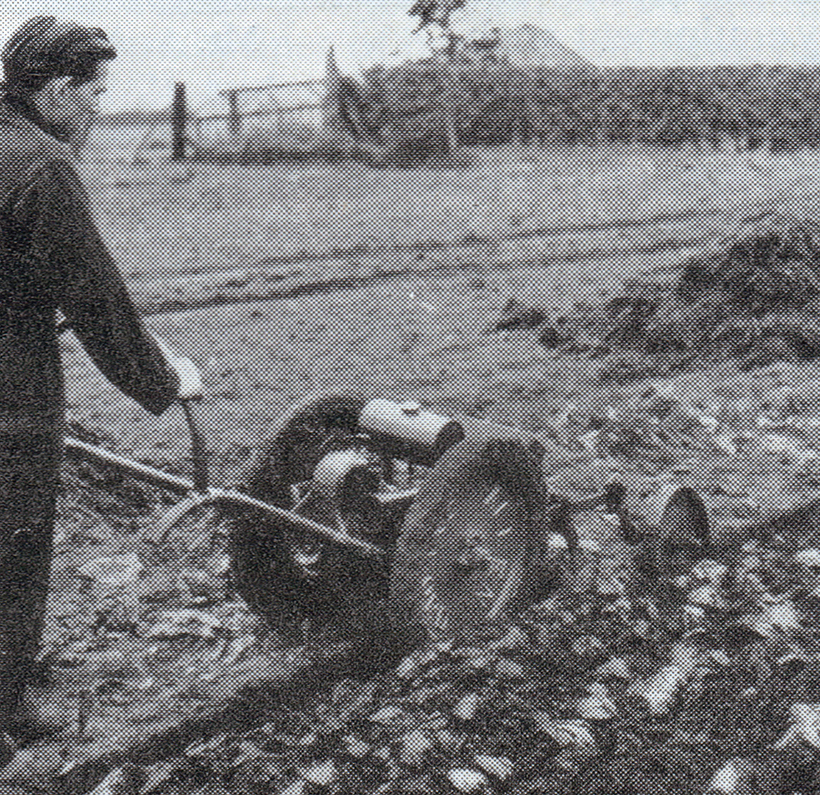
Certainly not a toy; I’ve seen one of these ploughs make a good job of soil that would have been challenging to a Trusty.
Specialist add-ons
Other implements could be purchased to make the scythe even more adaptable; a circular saw for firewood was a necessity, while a compost-shredder for the nurseryman would come in very handy. For gardeners, there was a 110v generator that could run a 200W hedge-cutter, and large estates would surely benefit from the rotary brush attachment. The market gardeners could even use it for ploughing with the front-mounted horticultural plough. The possibilities seemed endless.
Today it’s these attachments that are the collectors’ treasures, simply because so few of them have survived over the years. Whether this is because few were sold in the first place is open to question, but when was the last time you saw an attachment on a scythe?

For the nurseryman, the shredder attachment was a valuable investment and a huge-timesaver.
For a money-saving subscription to Tractor & Farming Heritage magazine, simply click here



